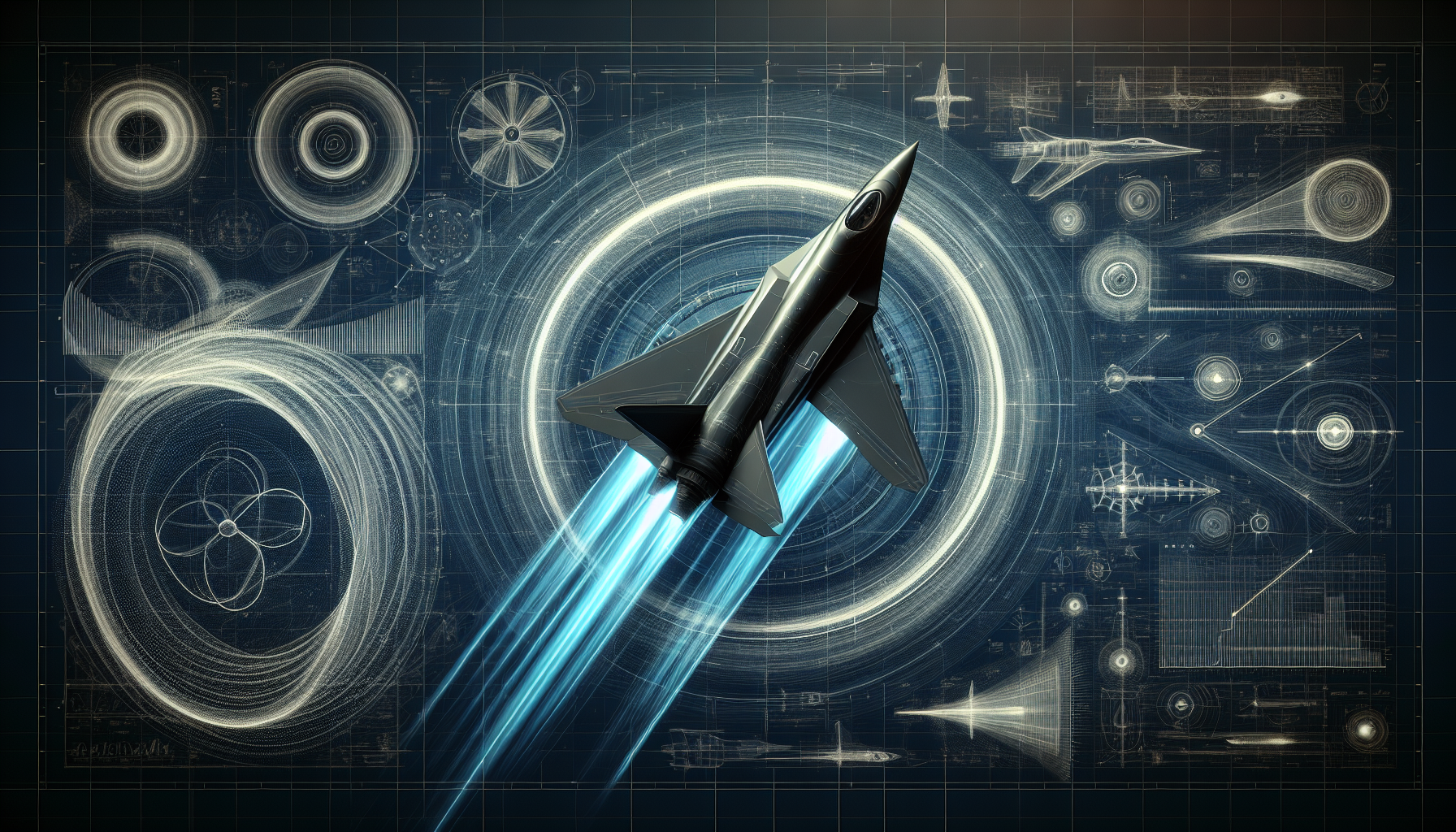# Supersonic Silence: The XB-1 Jet's Quiet Breakthrough
In the realm of aviation, breaking the sound barrier has traditionally been associated with a thunderous sonic boom. However, recent advancements have heralded a new era where such booms may become a relic of the past. Among these advancements, the XB-1 Jet, developed by Boom Supersonic, stands out as a pioneering aircraft designed to traverse the skies faster than sound without the notorious noise pollution. This development not only represents a significant technological leap but also opens new possibilities for the aviation industry.
The Evolution of Supersonic Flight
/>
Supersonic flight refers to the capability of an aircraft to fly faster than the speed of sound. Historically, this was achieved at the expense of generating sonic booms, a phenomenon caused when an aircraft exceeds the speed of sound (approximately 767 miles per hour at sea level), creating shockwaves that merge to produce a loud noise heard on the ground.
The Concorde, the most famous supersonic passenger jet, operated from 1976 until 2003. Despite its technological marvel, it faced numerous challenges, including high operational costs and noise complaints due to its sonic booms. These challenges led to strict regulations that limited routes primarily to transoceanic flights, ultimately hindering its commercial viability.
Breakthrough Technology in the XB-1
/>
The XB-1 Jet, developed by Boom Supersonic, is at the forefront of revolutionizing supersonic travel by mitigating the issue of sonic booms. This aircraft is designed with state-of-the-art aerodynamic features and materials that help in managing and reducing shockwaves. These innovations include refined shaping of the nose and body and the use of lightweight carbon composites that enhance the aerodynamic efficiency.
#
Aerodynamic Design
/>
The design of the XB-1 features a slender body and optimized wing configuration that aid in smoothly slicing through air molecules at high speeds, thus minimizing the intensity of shockwaves produced. This careful shaping reduces the air resistance and distributes pressure along the aircraft more evenly.
#
Advanced Propulsion
/>
Equipped with three powerful engines, the XB-1 utilizes modern jet propulsion technology that not only contributes to its supersonic capabilities but also ensures that the engines operate more quietly compared to older models. This is crucial in maintaining lower noise levels during supersonic travel.
Environmental and Economic Impacts
The development of quieter supersonic aircraft like the XB-1 could have profound implications on both environmental and economic fronts.
#
Reducing Noise Pollution
By significantly lowering the volume of sonic booms, aircraft like the XB-1 could help in alleviating the noise pollution associated with supersonic flights. This reduction opens the possibility for these aircraft to operate over land routes, potentially redefining airline route structures and accessibility.
#
Potential Market Expansion
The ability to fly supersonically without significant noise concerns could rejuvenate interest in supersonic travel, providing airlines with new markets to explore. This could lead to shorter international flight times and more efficient business travel, thus boosting economic activities linked to aviation.
Case Studies: Practical Applications
Several potential applications of the XB-1 and its technologies showcase its versatility and the broad impact it could have on various sectors.
#
Commercial Aviation
For commercial airlines, the XB-1's technologies could be adapted to develop new fleets of supersonic passenger jets. These jets could reduce flight times by half, thereby enhancing the travel experience and enabling airlines to increase their flight offerings.
#
Military Applications
The military could leverage the noise-reducing technologies of the XB-1 for reconnaissance and quick-response missions, where speed is crucial but stealth is compromised with traditional sonic booms.
#
Space Exploration
In the context of space exploration, technologies perfected by the XB-1 could improve the efficiency of launching spacecraft beyond the Earth's atmosphere, perhaps even aiding in the development of faster-than-sound space shuttles.
Conclusion
The XB-1 Jet by Boom Supersonic represents a significant milestone in the evolution of supersonic travel. Its innovative design not only challenges the traditional constraints associated with breaking the sound barrier but also opens new avenues for the application of its technologies across various domains. As we advance, the quiet breakthrough of the XB-1 may well herald a new era in aviation, characterized by faster, quieter, and more environmentally friendly air travel. This is not just a leap in aviation technology but a potential transformation in how we perceive and traverse our skies.
